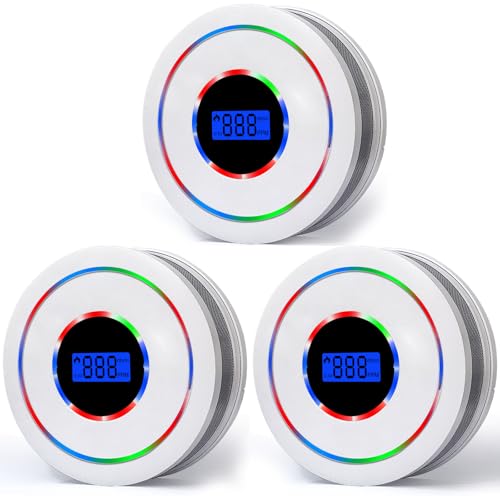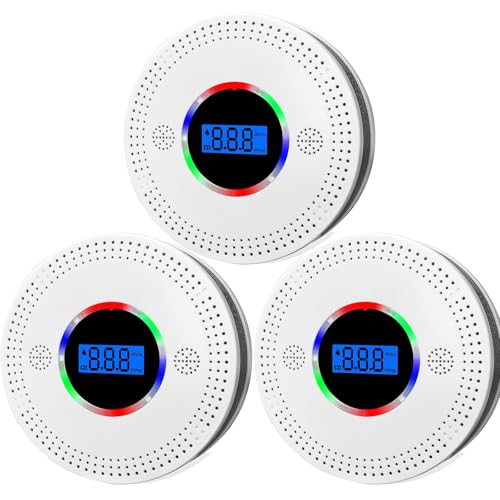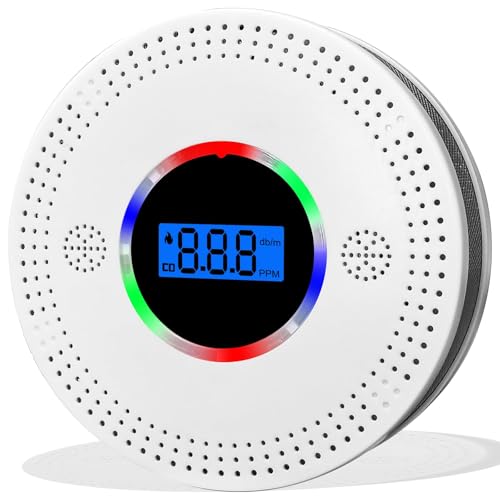Understanding the Importance of Smoke and Carbon Monoxide Detectors
Why Smoke and Carbon Monoxide Detectors Are Essential
Smoke and carbon monoxide detectors are crucial devices in any household, acting as our first line of defence against two potentially deadly threats. Smoke detectors alert us to smoke before a fire gets out of control, allowing us precious time to escape and seek safety. Carbon monoxide, often referred to as the ‘silent killer’, is colourless and odourless, making it impossible to detect without the proper equipment. These detectors save lives every day, and having them installed isn’t just important; it’s essential to ensure the safety of everyone in your home.
The Role of Detectors in Fire Safety and Prevention
In fires, every second counts. A smoke detector can detect smoke and heat, sounding an alarm that prompts timely evacuation. Different types of detectors cater to various environments; for example, ionisation detectors are sensitive to flaming fires, whereas photoelectric detectors excel in smouldering fires. Knowing which type to have in your home can significantly enhance your safety. Similarly, a carbon monoxide detector warns you of unhealthy levels of gas in the air, enabling you to prevent poisoning and even death.
Key Features to Look For When Choosing a Detector
Types of Detectors
When choosing a smoke detector, it’s essential to understand the two main types: ionisation and photoelectric. Ionisation detectors are faster at sensing flaming fires, while photoelectric ones are better for smouldering fires. For carbon monoxide detectors, look for those that combine both features for comprehensive protection. We recommend opting for a combination unit that detects both smoke and carbon monoxide—this saves space and ensures you have dual protection.
Power Source Options
Detectors come with different power sources: battery-operated, hardwired, or a combination of both. While battery-operated models offer flexibility in placement, hardwired units may provide more reliability, especially if they come with battery back-up options in case of a power outage. Assess your home setup to determine which power source best suits your needs.
Smart Technology Features
Modern smoke and carbon monoxide detectors now feature smart technology that allows you to connect them to your smartphone. This capability enables you to receive alerts when a detector is triggered, even when you’re away from home. Some units also offer voice alerts that provide specific warnings, improving awareness during emergencies. Choosing a smart model can enhance your safety measures significantly.
Top Recommendations: Our Picks for Best Smoke and Carbon Monoxide Detectors
Best Overall Combination Unit
For those seeking reliability and advanced features, we recommend a well-known brand combination unit that detects both smoke and carbon monoxide. This model offers both ionisation and photoelectric sensors, ensuring comprehensive protection against all types of fires. With a smart app connection and an easy installation process, this unit tops our list.
Best Budget-Friendly Option
If you’re looking for an affordable yet effective solution, we suggest a battery-operated smoke detector that doesn’t compromise on safety. This model provides reliable smoke detection and a loud alarm at a price that won’t break the bank. Installation is straightforward, making it ideal for those who want an efficient option without too much fuss.
Best Smart Detector
For tech enthusiasts, a premium smart smoke and carbon monoxide detector stands out as an excellent choice. This unit not only alerts you via your smartphone but also includes a built-in voice assistant for added convenience. Its sleek design and integration capabilities with smart home systems ensure it meets both aesthetic and functional needs.
Installation and Maintenance Tips for Optimal Safety
Where to Install Your Detectors
To maximize safety, it’s vital to install smoke and carbon monoxide detectors in appropriate locations. Place smoke detectors on every level of your home, including inside bedrooms and hallways. Carbon monoxide detectors should be installed near sleeping areas and centrally located on each floor. Avoid placing them too close to cooking appliances or bathrooms, as steam and smoke can trigger false alarms.
Regular Maintenance for Longevity
Keeping your detectors functioning well requires some regular maintenance. It’s wise to test them monthly by pressing the test button. Vacuum or dust the units every six months to prevent dust buildup that can affect performance. Change the batteries at least once a year or when you hear intermittent beeping, signalling low battery. Most detectors need to be replaced every 10 years, so keep track of installation dates.
How to Test and Ensure Your Detectors are Functioning Properly
Routine Testing Procedures
We recommend that all smoke and carbon monoxide detectors be tested at least once a month. Press and hold the test button until you hear the alarm sound. If the alarm doesn’t sound, replace the batteries and repeat the test. If it still doesn’t work, you may need to replace the unit entirely.
Recognising Alarm Signals
Understanding the different sounds your detectors make is crucial. A continuous beep typically signals fire or smoke, while chirping can indicate low batteries. If your carbon monoxide detector produces a pattern of four short beeps, this represents a dangerous level of CO in your home. Always have a plan in place for what to do when any alarm sounds.























